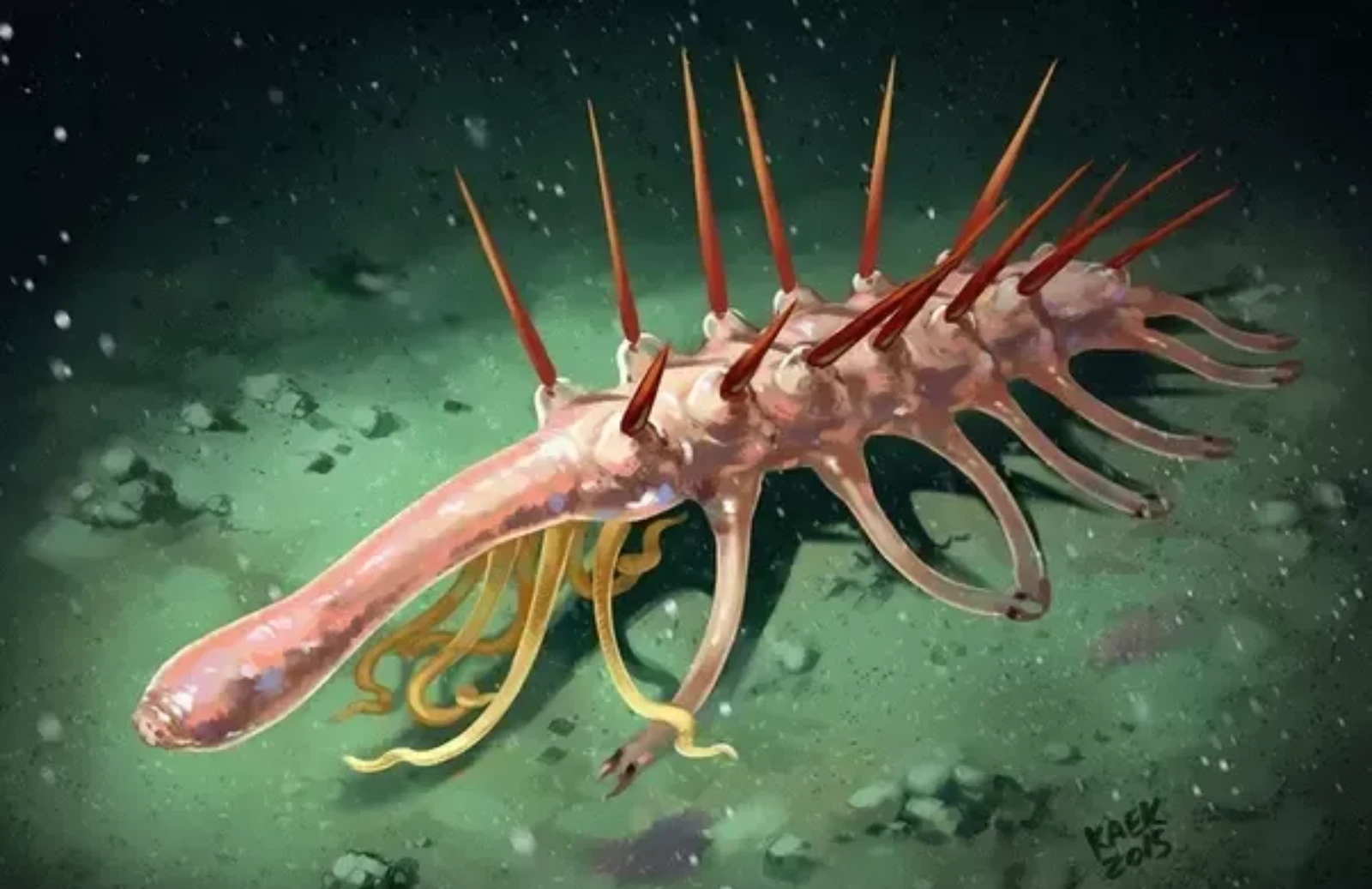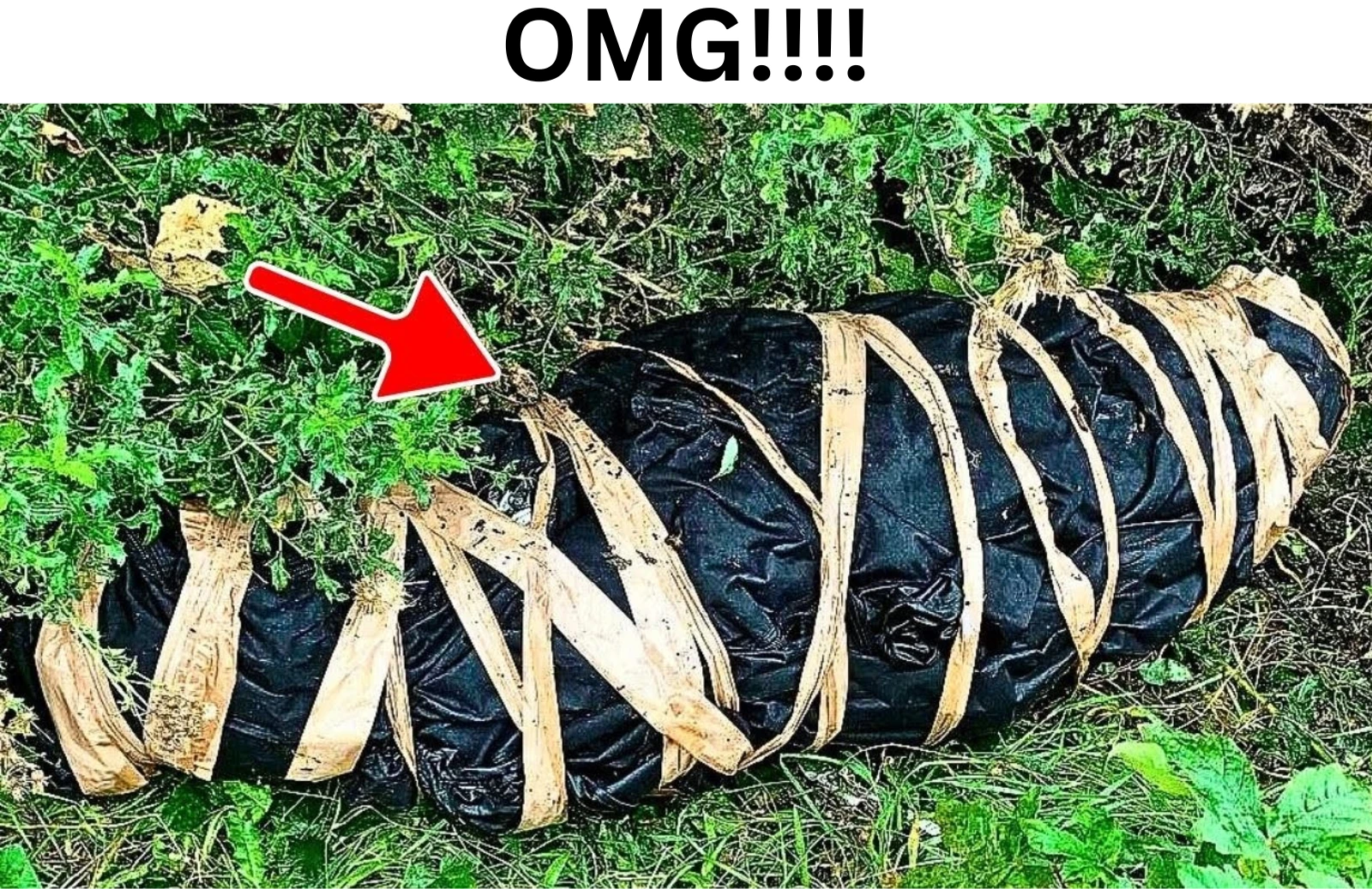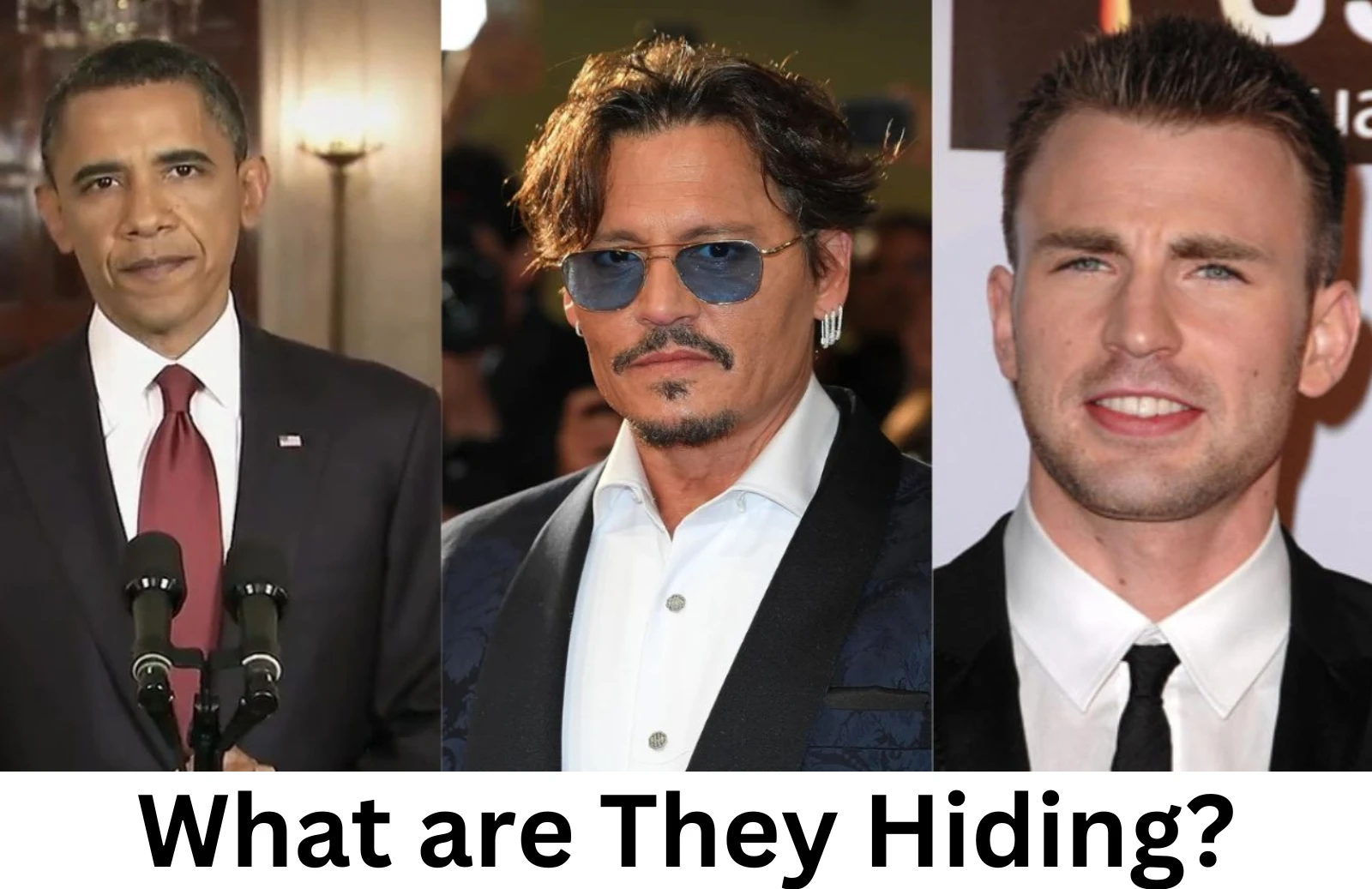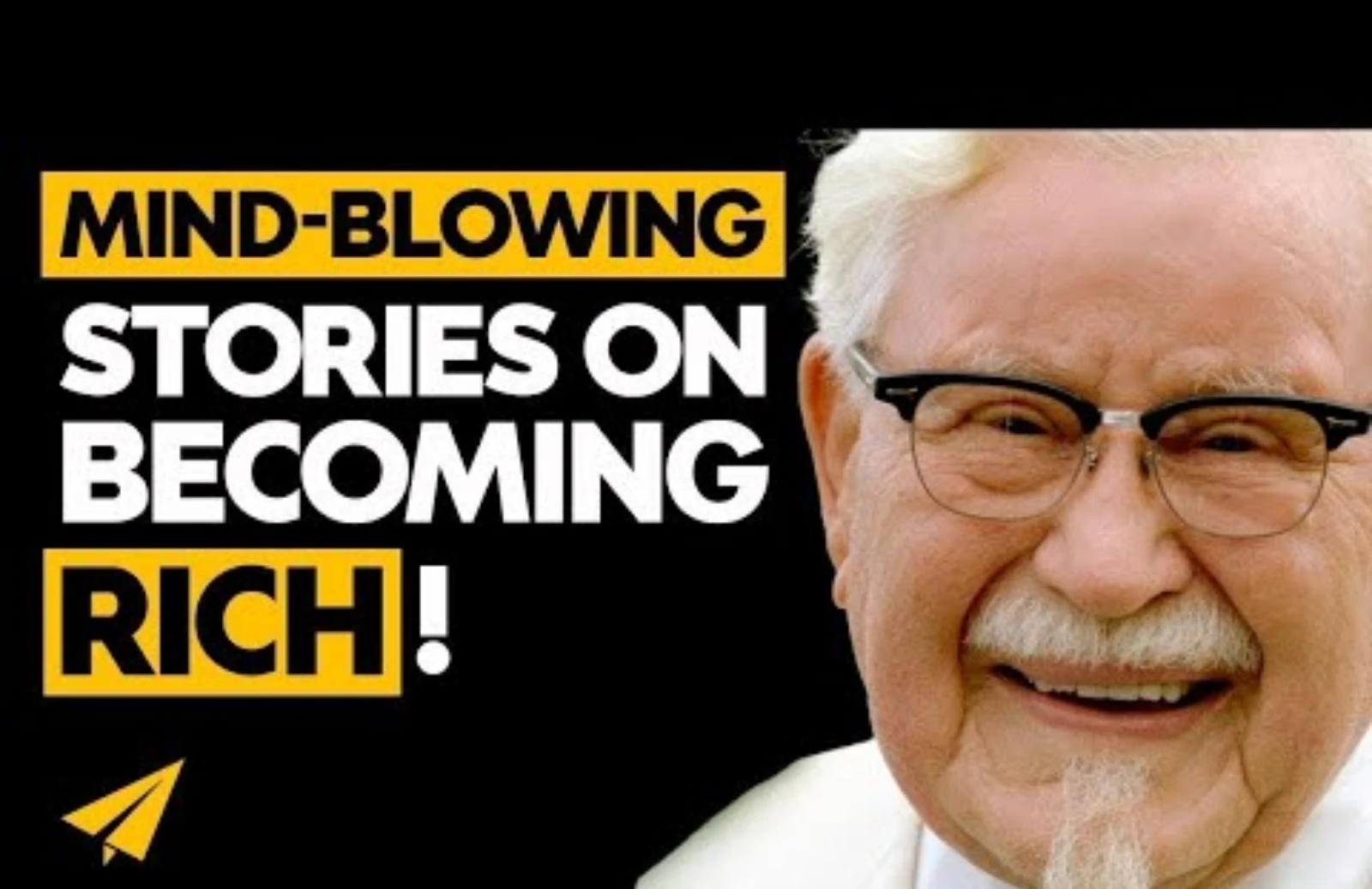The diversity of life on our planet is nothing short of breathtaking, with millions of species inhabiting every corner of the globe. Yet, alongside this wealth of biodiversity, there exists a sobering reality – many of these species are endangered, teetering on the brink of extinction due to habitat loss, poaching, and climate change. In this blog, we’ll take a closer look at some of the world’s most unique and beautiful endangered species, each one a testament to the remarkable diversity of life on Earth.
- Amur Leopard (Panthera pardus orientalis): With its striking spotted coat and sleek physique, the Amur leopard is a true symbol of grace and beauty. Native to the forests of eastern Russia and China, this critically endangered big cat is one of the rarest felids in the world, with fewer than 100 individuals remaining in the wild. Habitat loss and poaching for their luxurious fur have pushed these magnificent creatures to the brink of extinction, making conservation efforts all the more urgent.
- Vaquita (Phocoena sinus): The vaquita, also known as the “panda of the sea,” is the world’s smallest and most endangered porpoise species. Endemic to the northern Gulf of California, these shy and elusive marine mammals are on the verge of extinction due to accidental entanglement in fishing nets. With fewer than 10 individuals left in the wild, urgent action is needed to prevent the vaquita from disappearing forever.
- Saola (Pseudoryx nghetinhensis): Dubbed the “Asian unicorn” for its elusive nature and unique appearance, the saola is a rare and enigmatic species of antelope found in the forests of Vietnam and Laos. With its long, slender horns and striking markings, the saola is one of the most visually captivating creatures in the animal kingdom. However, habitat loss and hunting pose significant threats to its survival, with fewer than 750 individuals estimated to remain in the wild.
- Giant Panda (Ailuropoda melanoleuca): Instantly recognizable by its distinctive black-and-white coat and playful demeanor, the giant panda is a global icon of conservation success. Once on the brink of extinction, concerted efforts to protect and restore its bamboo forest habitat have led to a remarkable rebound in wild panda populations. While still classified as endangered, the giant panda serves as a shining example of what can be achieved through dedicated conservation efforts.
- Axolotl (Ambystoma mexicanum): Often referred to as the “Mexican walking fish,” the axolotl is a fascinating amphibian species endemic to the ancient waterways of Mexico. Known for its regenerative abilities and unique neotenic features, including its feathery external gills and perpetual larval form, the axolotl is a living relic of prehistoric times. However, pollution, habitat destruction, and the illegal pet trade have led to a dramatic decline in wild populations, pushing this iconic species to the brink of extinction.
- Philippine Eagle (Pithecophaga jefferyi): With its striking crest of feathers and piercing gaze, the Philippine eagle is one of the most majestic birds of prey in the world. Endemic to the forests of the Philippines, this critically endangered raptor faces numerous threats, including habitat loss, hunting, and the illegal pet trade. With fewer than 400 individuals remaining in the wild, urgent action is needed to safeguard the future of this iconic species.
These are just a few examples of the world’s most unique and beautiful endangered species, each one a testament to the incredible diversity of life on Earth. While the challenges facing these creatures may seem daunting, there is still hope – through conservation efforts, public awareness, and collective action, we can ensure that future generations will continue to marvel at the jaw-dropping beauty of these remarkable creatures.






